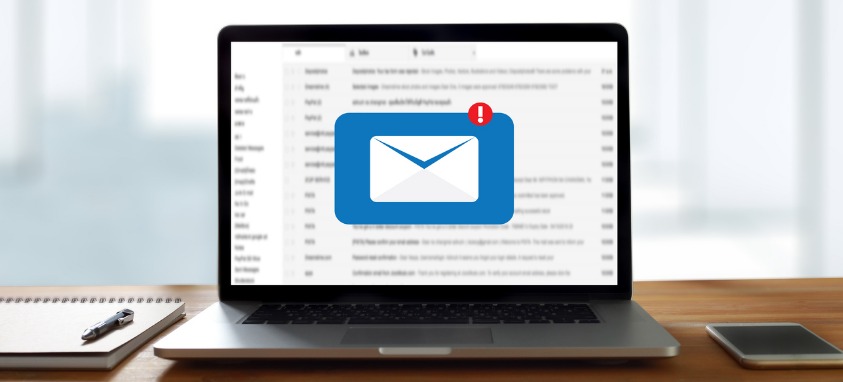Social media campaigns have become crucial to event professionals. It’s the fastest way to spread the word about upcoming events, connect with potential attendees and boast about what makes you the best planner. But nothing truly beats good, old-fashioned email.
In Eventbrite’s Pulse Report 2018, 86 percent of planners reported utilizing email campaigns, and 41 said they were “moderately to extremely effective.” So, how do you run a successful email marketing campaign without bothering subscribers, being ignored or sending out irrelevant emails? We’ve put together a list of tips.
1. Focus on your ultimate goal.
Do you want to bring in more clients? Increase attendance at an upcoming event? Remind your audience that you have services they can use? Make sure to set a clear goal. Every email should direct to this initiative, and scrap anything that will move subscribers away from your goal or confuse them.
2. Hone your voice.
If your audience is casual, use an upbeat voice. If you’re going for a more sophisticated style, tone down the exclamation points. Most importantly, choose an approach that feels true to you and your business. If you have a sense of humor, an extremely serious email may feel contrived. Never choose a voice that’s too different than your authentic messaging outside of the campaign.
3. Choose a strong subject line.
The first thing a reader sees when they look at their inbox is a subject line, and they’re bound to look at a lot of subject lines when they open the mail app in the morning. Test different tones and keywords to draw people in, while accurately letting them know what they will find when they open. Use variations of the same subject line for continuity within your campaign.
4. Find an aesthetically-pleasing template for this specific campaign.
Templates can make creating an attractive visual presentation easy. Blocks of black text on a white background can feel boring, and readers will find something else that captures their eye. Whether you choose a neutral palette or pastel color scheme, stay consistent—similar to knowing your voice, know your style, too.
5. Don’t spam.
Some companies send emails every day, and some send them every few hours. Sure, you want to know when the promotion ends…but do you really need a reminder every day, seven days in a row, counting down the hours? To avoid annoying your audience, try limiting your emails to every other day, or even every few days, and filling them with information that remains relevant until your next email. And always include ways readers can control how much communication they receive and when.
6. Connect, connect, connect.
If you have social media links, make sure they’re embedded somewhere in your email—people are curious by nature, and if they’re interested in your campaign, they’ll try to learn more about it through other channels. If appropriate, consider adding an email-specific giveaway or promotion in connection to your campaign; your readers will want to stay up-to-date to reap the benefits.




